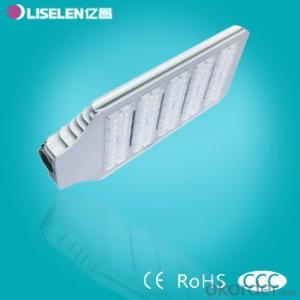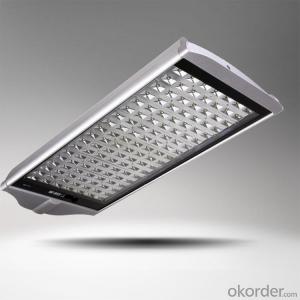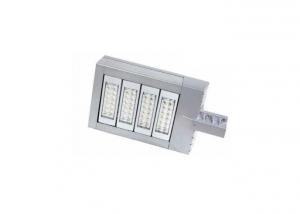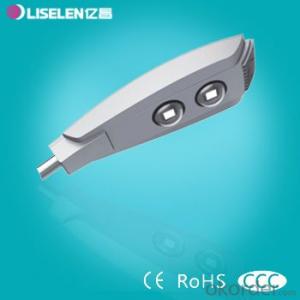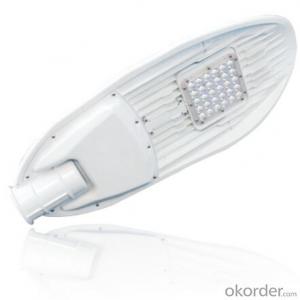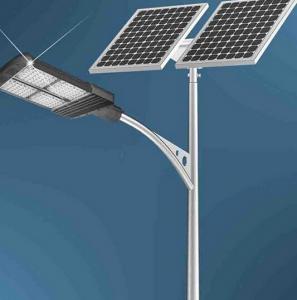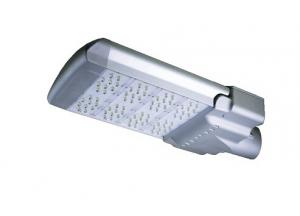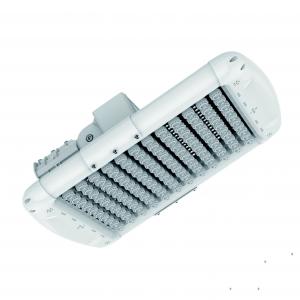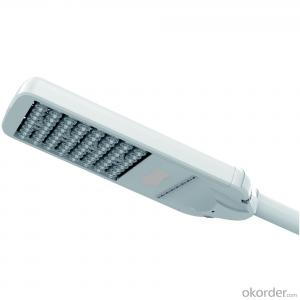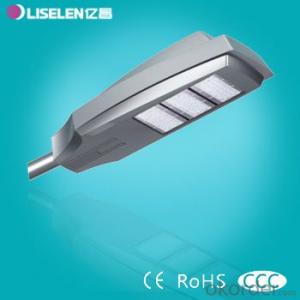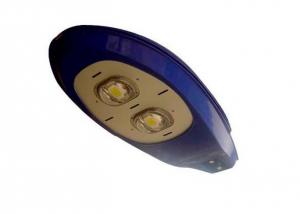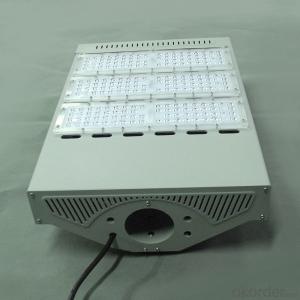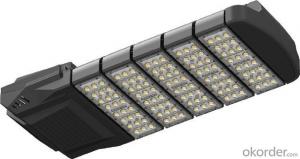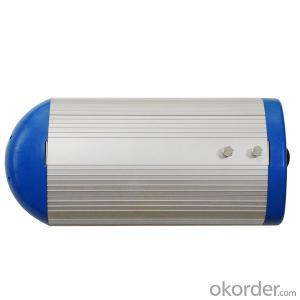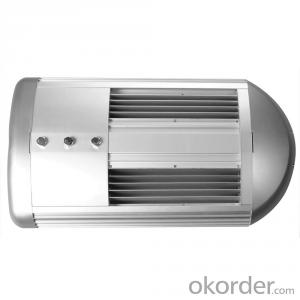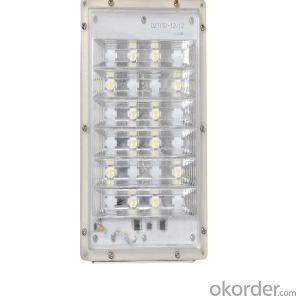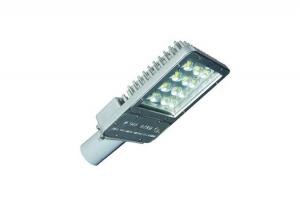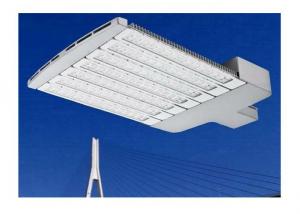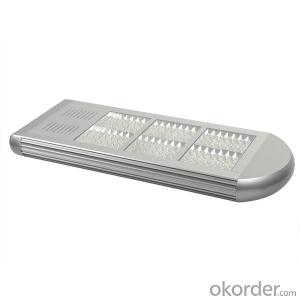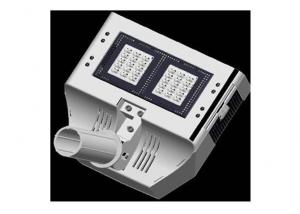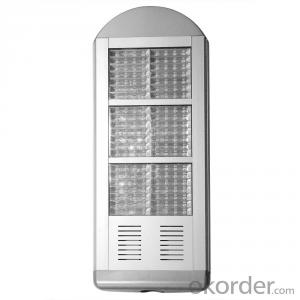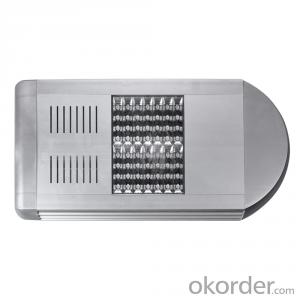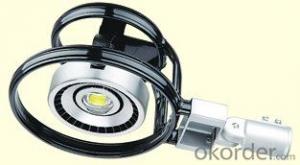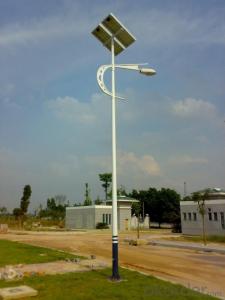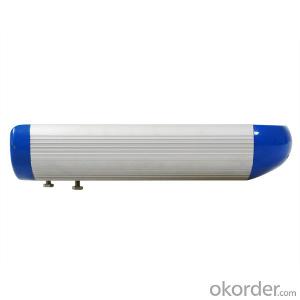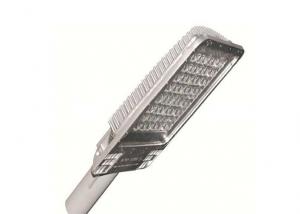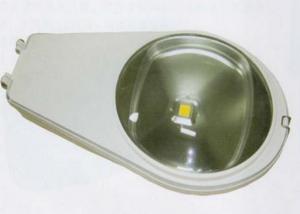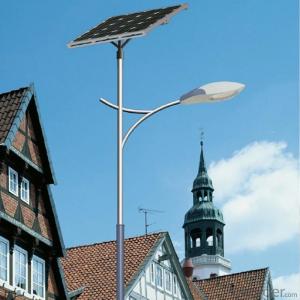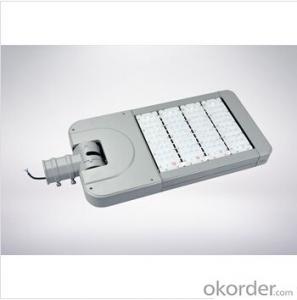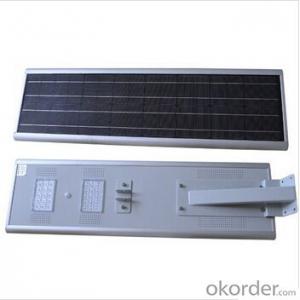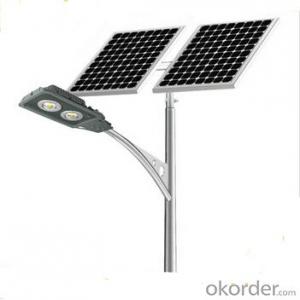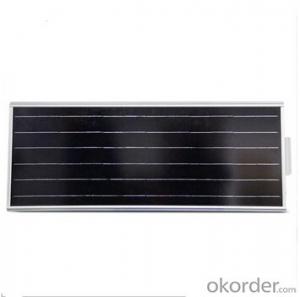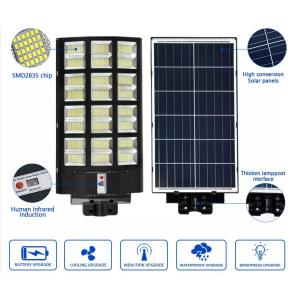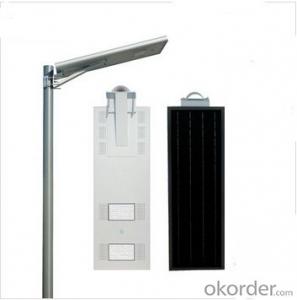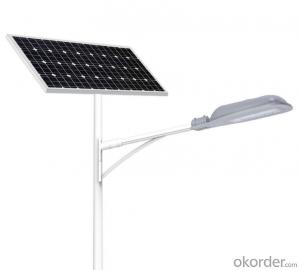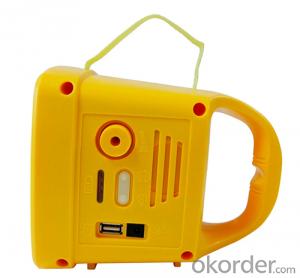Led Street Light Circuit
Led Street Light Circuit Related Searches
Led Outdoor Sensor Light 80 Watt Led Street Light 70 Watt Led Street Light Led Street Light Housing Led Street Light Philips Havells Led Street Light Hps Vs Led Street Lights Street Light Pole Number Outdoor Kitchen Lighting Outdoor Lighting SystemsHot Searches
70W Led Street Light Price 70W Led Street Light Price 70W Led Street Light Price Outdoor Led Screen Manufacturers Outdoor Led Signs Prices Led Signs Outdoor PricesLed Street Light Circuit Supplier & Manufacturer from China
Okorder.com is a professional Led Street Light Circuit supplier & manufacturer, offers integrated one-stop services including real-time quoting and online cargo tracking. We are funded by CNBM Group, a Fortune 500 enterprise and the largest Led Street Light Circuit firm in China.Hot Products
FAQ
- Yes, solar lights are suitable for parking garages. They provide a cost-effective, energy-efficient, and environmentally-friendly lighting solution for parking garages. Solar lights can be easily installed in various areas of the garage, ensuring adequate illumination and enhancing safety for both drivers and pedestrians. Additionally, solar lights require minimal maintenance and can operate independently from the grid, making them a reliable and sustainable choice for parking garages.
- Solar lights provide illumination during power outages by converting sunlight into electricity through photovoltaic panels. This energy is stored in rechargeable batteries within the solar light, which can then be used to power the light source, usually an LED bulb, after sunset or during power failures. The stored energy allows solar lights to provide a reliable source of illumination without relying on the electrical grid, making them a practical and sustainable lighting solution during power outages.
- Yes, solar lights can be compatible with voice control systems if they are equipped with the necessary technology. Some solar lights are designed to work with popular voice control systems such as Amazon Alexa or Google Assistant, allowing users to control them through voice commands. However, it is important to check the product specifications before purchasing to ensure compatibility.
- Yes, solar lights can still work in cloudy weather, although their performance may be reduced. Cloud cover reduces the amount of sunlight reaching the solar panels, which in turn affects the power generation. However, modern solar lights are designed with efficient panels and batteries that can store energy, allowing them to operate even in less optimal conditions. While the brightness and duration of illumination may be compromised, solar lights can still provide some level of lighting during cloudy weather.
- Solar lights generally have lower brightness compared to traditional electric lights. This is because solar lights rely on the energy stored in their batteries, which may not provide the same level of power as electricity from a traditional source. However, advancements in solar technology have allowed for brighter solar lights, but they still may not match the brightness levels of electric lights.
- Yes, there are solar lights with adjustable color temperatures. These lights allow users to customize the color temperature of the light emitted, offering options such as cool white, warm white, or even multicolor settings. This adjustable feature enhances the versatility and ambiance of solar lighting, catering to different preferences and occasions.
- Yes, solar lights can be used for outdoor food stalls or vendors. They are a cost-effective and eco-friendly lighting solution that can provide sufficient illumination for food stalls during evening hours. Solar lights are easy to install, require minimal maintenance, and do not rely on electricity grids, making them suitable for outdoor locations where access to power may be limited.
- Yes, solar lights are suitable for holiday decorations. They are a great eco-friendly option as they are powered by the sun, eliminating the need for electricity and reducing energy consumption. Solar lights can add a festive touch to your holiday decorations while also being cost-effective and easy to install.

